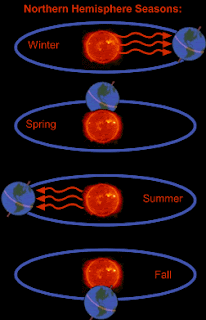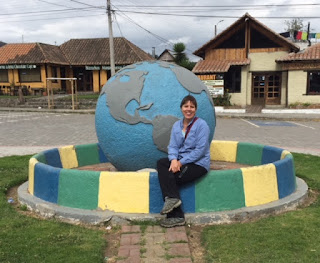During my video chats with family and friends in the US, I often exclaim…. “Oh, it’s still light there! How wonderful!” It’s true. The thing I’ve come to miss the most about living squarely (not barely) in the northern hemisphere is the change of the seasons. So, as you reveled in the long summer nights and are now reluctantly tucking in earlier while the days are getting shorter, here is a glimpse of life at the Equator.
Sunrise: 6am.
Sunset: 6pm.
12 hours of daylight (plus or minus a few minutes) every day of the year. At the Equator, we do not have a change of light to signify seasons. Why?
I asked Google to explain…
Earth’s Tilt Is the Reason for the Seasons!
So when should you visit?
Sunny and dry weather occurs in the Ecuadorian Mountains from June-September while the rainiest and coldest time is October – May, with the heaviest rainfall during March-May.
On the coast, the dry season from late May to November is unpleasantly cool, muggy and overcast. So if you like lying on beaches, then the rainy season from December to May is surprisingly the best time to visit Ecuador and the Galapagos Islands.
Now, don’t you feel a little smarter?








Lyssa
I do feel a little smarter! Thank you!! 😃